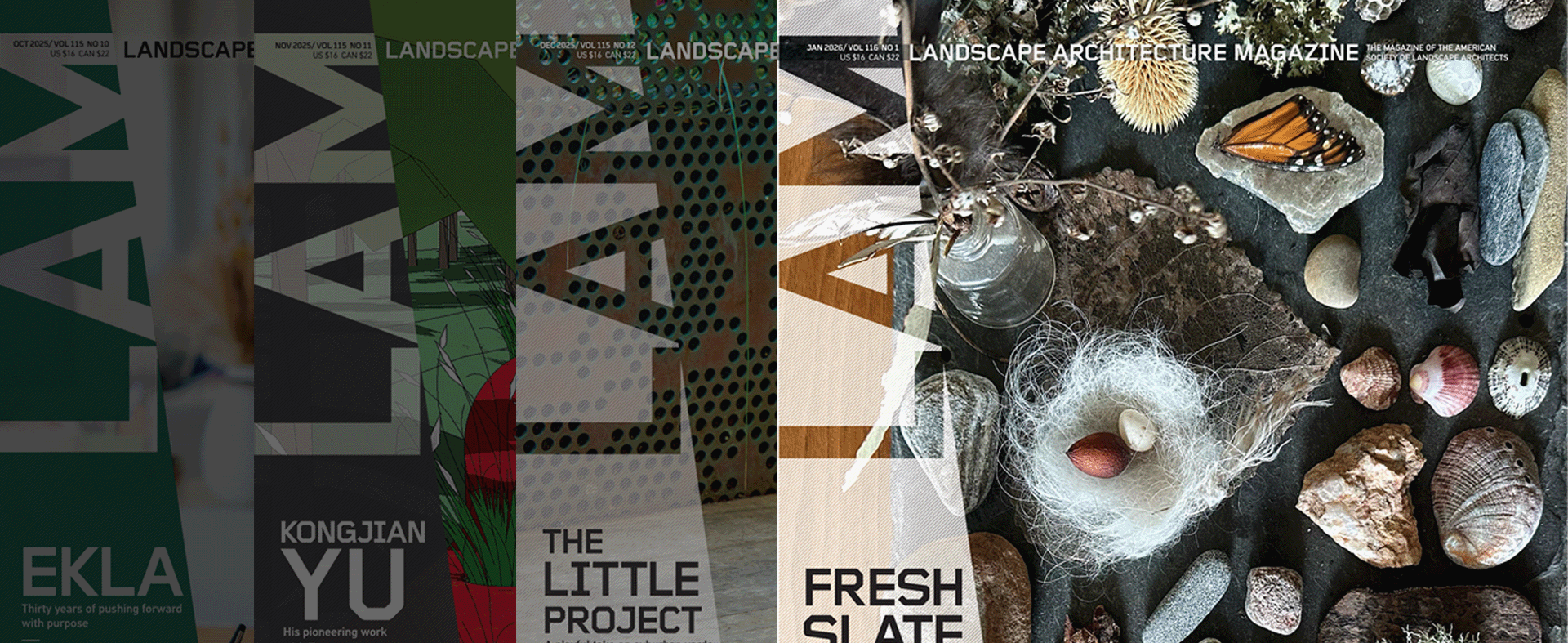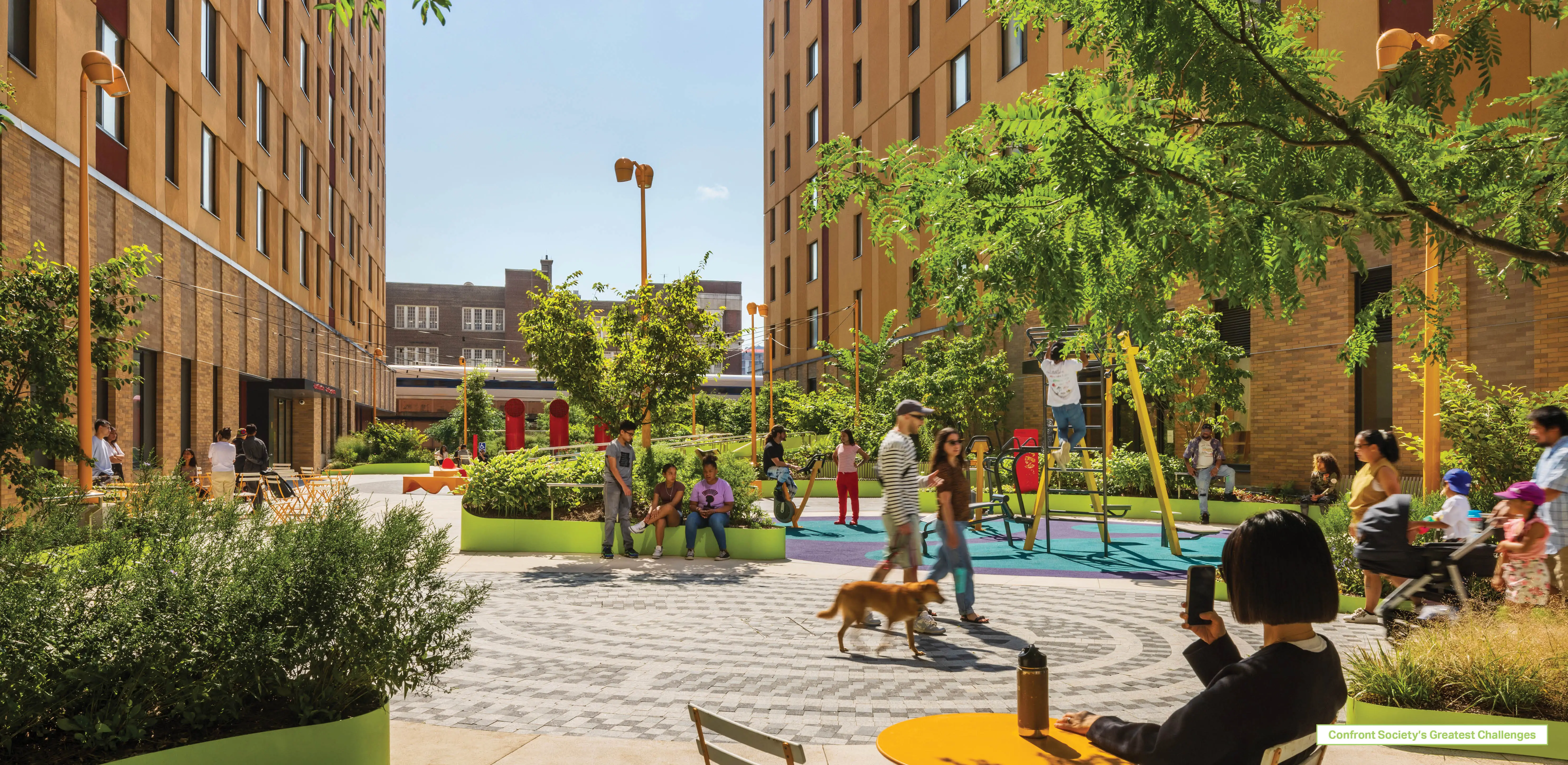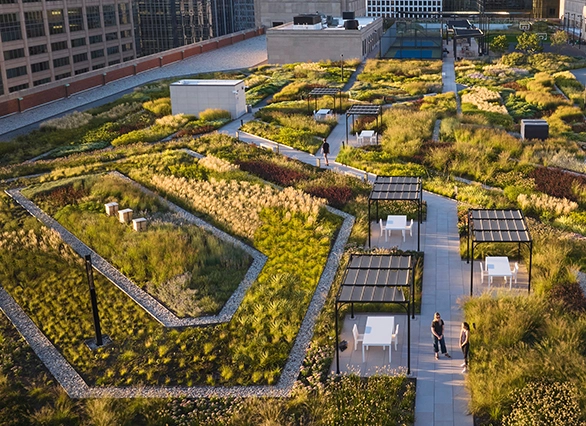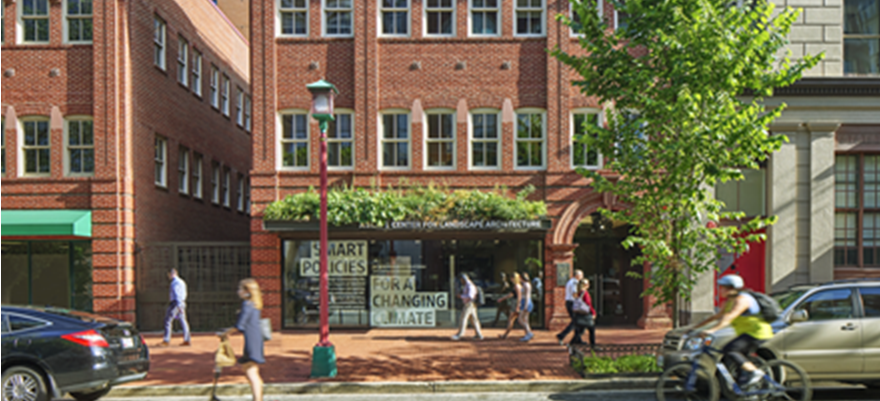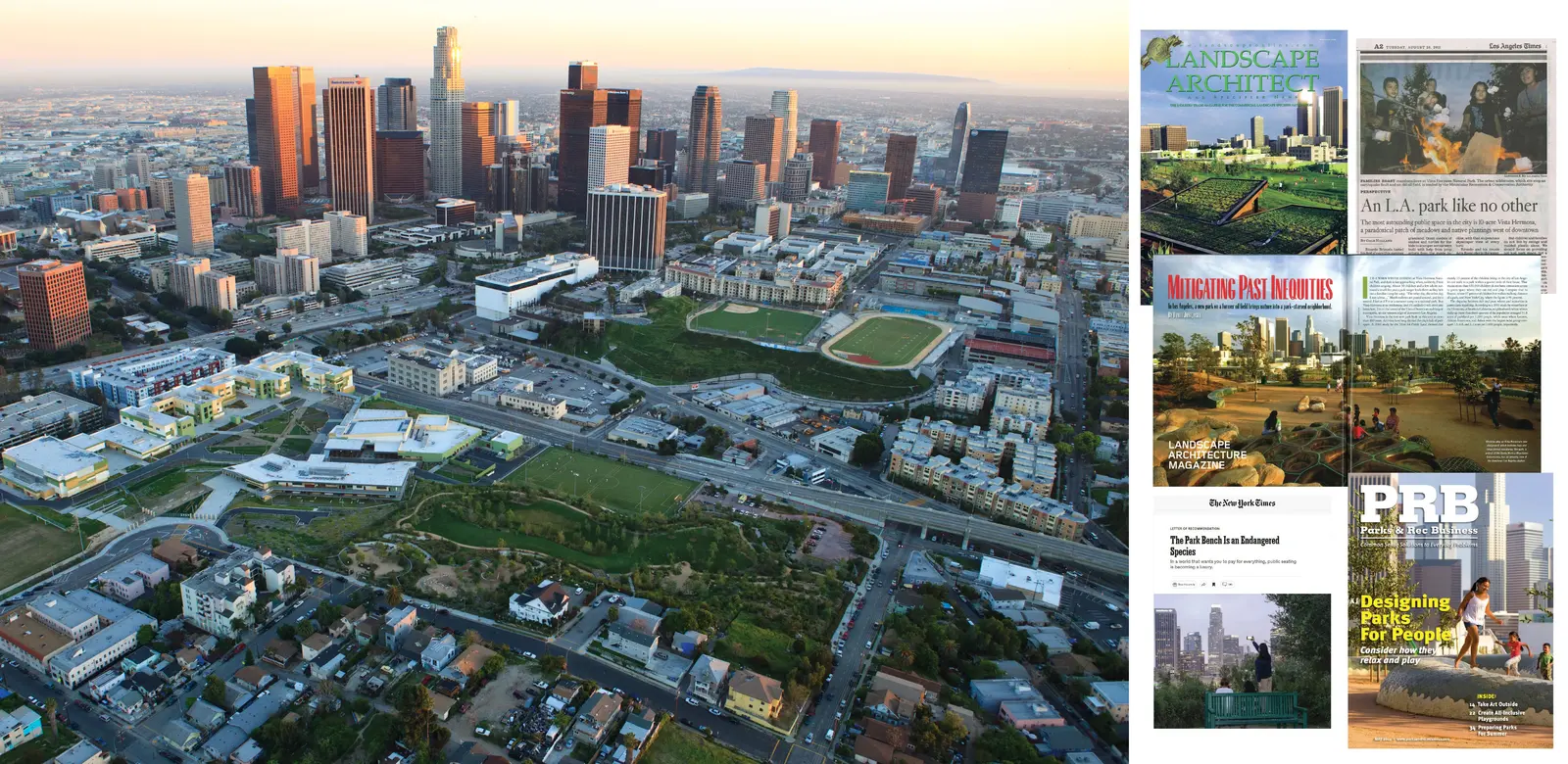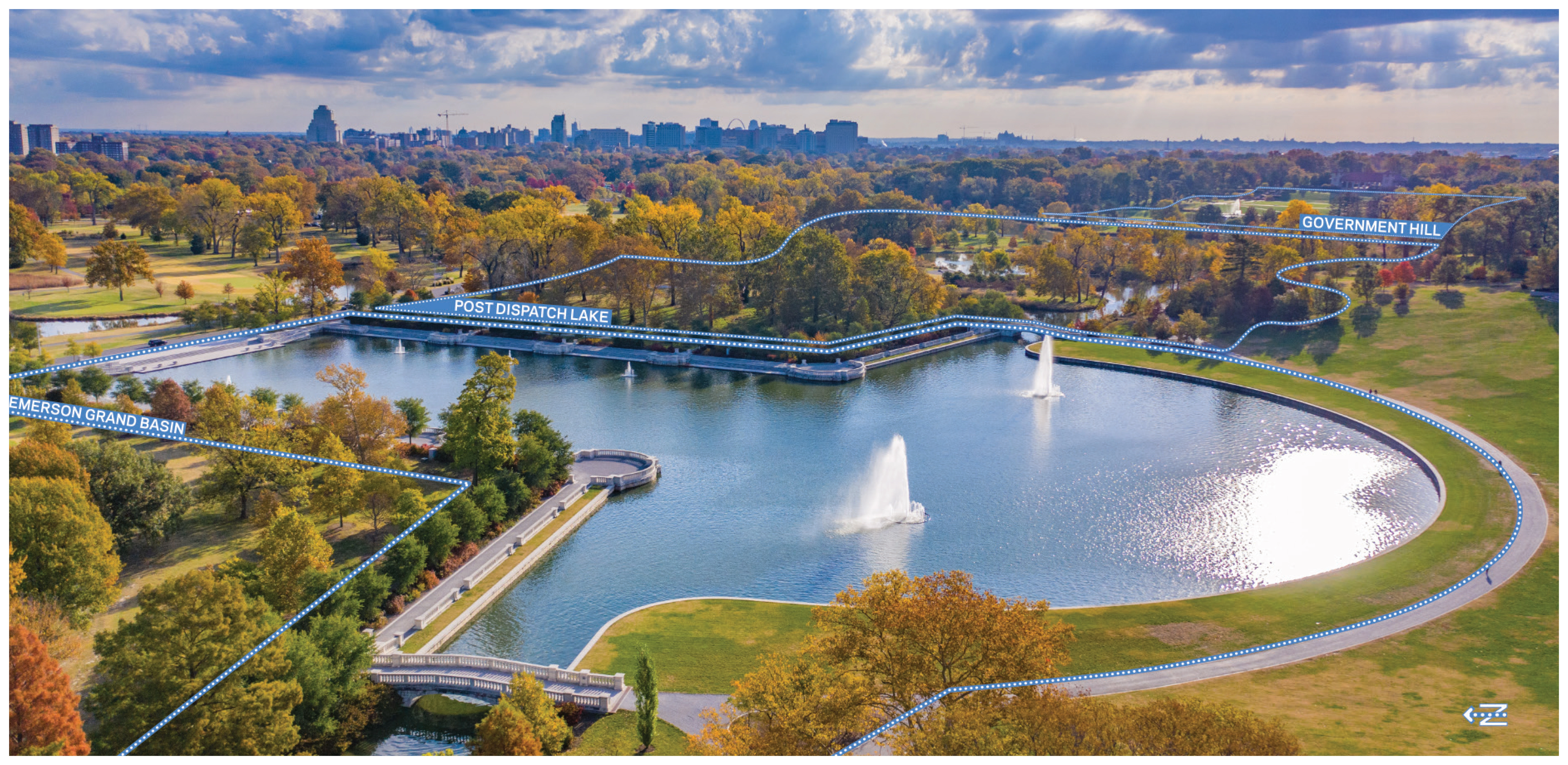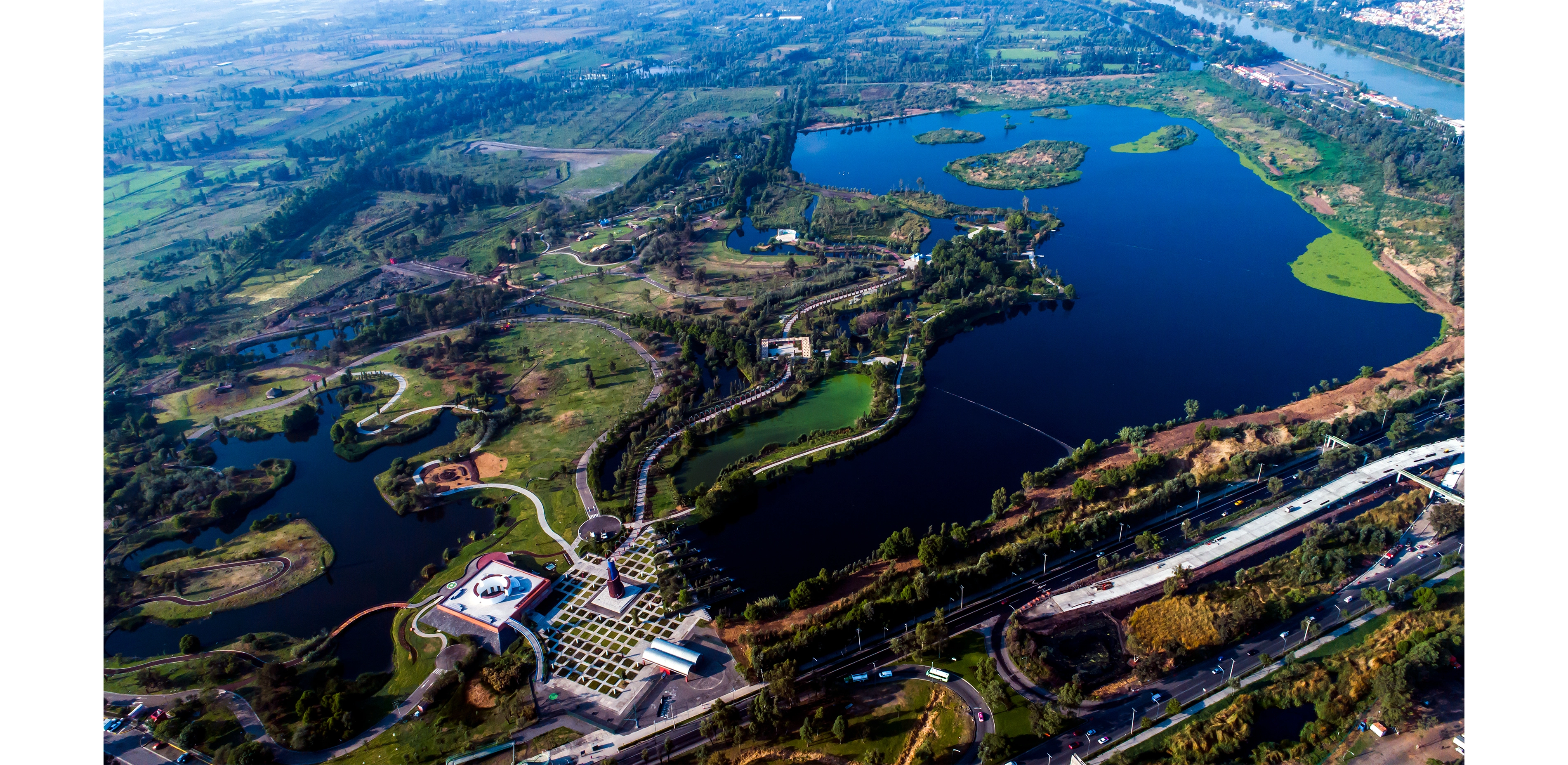Vista Hermosa Natural Park
The first park to open in downtown Los Angeles in over 100 years, this park is a testament to the great social and health equity that a public landscape can consistently deliver to communities over many years. What's important is the availability of space for people, especially those underserved, and careful design and planning considerations that weave together human and ecological elements, deploy appropriate design expressions, create memorable places, and plan for longevity in accordance with its operational context.
The diversity and richness of natural plantings, balanced with spaces for running, playing, and socializing, exemplify sustainable design principles and create lasting memories rooted in an ecological setting. Serving as a cultural staple in the Los Angeles community, this park has held deep importance to the community it serves.
Awards Jury
-
Vista Hermosa was the first public park built in downtown Los Angeles in over 100 years. Previously an oil field located in a park-poor urban area, the park provides residents of a dense, primarily working-class Latinx neighborhood with "a window to the Mountains," opportunities for recreation, access to nature, and quiet reprieve. Marrying environmental justice to social justice, the park provides a safer environment in what was once a dangerous and contaminated vacant lot. As re-created habitat in the heart of the city, Vista Hermosa features many resilient, nature-based solutions that were ahead of its time. The park has become a symbol of Los Angeles, bringing a natural experience to those who are unable to visit the nearby mountains.
-
Social Equity Vista Hermosa – Spanish for “beautiful view” – is a 10-acre urban habitat and recreation park located in an urban, park-poor neighborhood north of downtown LA. The project earned its legacy status by becoming a beloved icon of the city through its transformation of a former brownfield site once holding oil wells into a nature and play destination. Public workshops were used to gather local knowledge for park design, and the project was evaluated for environmental, social, and economic performance. As a participant in the Landscape Architecture Foundation Case Study Investigation series, the park was evaluated in great detail for its environmental, social, and economic performance. Sustainability The landscape architect and civil engineer collaborated to transform a steep hillside into a 10-acre urban park. Soft terraces defined play and gathering spaces and captured urban runoff. A nature walk navigates the hillside through native shrubs and trees, while a meadow doubles as a detention basin for rainwater retention. Native trees and plants provide habitat for 60 bird species on the Pacific Flyway, reducing irrigation and maintenance. Toxic gases from the former oil field required mitigation measures, such as removing the topsoil and adding new layers to safely release gases. Venting systems prevent gas accumulation under impermeable slabs in park buildings and a cistern, as well as the adjacent school buildings. Climate Change Vista Hermosa Park captures 54% of annual runoff, retaining 120k gallons of water during storms, which is equivalent to one-fifth of an Olympic-sized pool. The park's 600-700 trees cool the surrounding area by 0.9ºF and save 8.1M gallons of water, equal to $81,339.97 in cost savings. The park also reduces carbon emissions by 84% (1,831 lbs of CO2) and sequesters 22.23 tons of carbon annually, equivalent to emissions from 4.3 cars or the annual energy use of 2.1 homes. Diversity & Inclusion Vista Hermosa Natural Park brought with it many human and social benefits. The park serves over 21,000 people who live within a half-mile radius in a neighborhood with a median household income of $25,184. By offering recreational opportunities such as soccer, walking and running trails, and adventure play, the park helps support physical fitness in addition to the mental restoration being in nature provides. The client leverages the park’s abundant nature by hosting an average of 67 programs, including educational lectures and tours provided in both Spanish and English, averaging 161 hours a year and serving 1,487 attendees. The site also acts as a departure point for the “Transit to Trails” program, which facilitates transport to, and exploration of, the extensive natural areas surrounding the city. Resilience Vista Hermosa Park saves $70,000 annually on maintenance costs by using artificial turf for the soccer field. The park provided over 6,000 hours of employment during construction and employs multiple staff on-site. The park contributed to a 35% increase in nearby housing units between 2000-2010, compared to 5.7% city-wide. The park generates $87,042 in annual revenue for operating expenses from 35 days of filming fees.
-
- KPFF Consulting Engineers - Civil and Structural Engineer
- M-E Engineers - Electrical Engineer
- ERW Design - Architect
- Sweeney + Associates - Irrigation
- EPD Consultants - Pond Consultant
- SCS Engineers - Methane Mitigation Engineers
- C. P. O’Halloran Associates IncC. P. O’Halloran Associates Inc. - Cost Estimating
- Brett Goldstone - Gate and Fence Artist
- Art Share - Public Art Signage
- Los Angeles Engineering - General Contractor
-
Products
- Furniture
- Drainage/Erosion
- Irrigation
- Parks/Recreation Equipment
- Water Management/Amenities
- Green Roofs/Living Walls
- Soils
- Hardscape
-
- Agave spp. / Agave
- Fraxinus / Ash Species
- Salvia Mellifera / Black Sage
- Quercus Agrifolia / Coast Live Oak
- Aesculus Californica / California Buckeye
- Schoenoplectus Californicus / California Bulrush
- Platanus Racemose / California Sycamore
- Eriogonum Fasciculatum / California Buckwheat
- Juglans Californica / California Black Walnut
- Umbellularia Californica / California Bay Laurel
- Encelia Californica / California Encelia
- Juncus Patens / California Gray Rush
- Artemisia Californica / California Sagebrush
- Prunus Ilicifolia ssp. Lyonia / Catalina Cherry
- Typha / Cattail
- Ceanothus / California Wild Lilac
- Agave Americana / Century Plant
- Artemisia Californica Hydroseed Mix / Chaparral Sage Scrub
- Salvia Clevelandii / Cleveland Sage
- Keckiella Cordifolia / Climbing Penstemon
- Sequoia Sempervirens / Coast Redwood
- Iris Douglasiana / Douglas Iris
- Nassella Tenuissima / Feather Grass
- Fremontodendron / Flannel Bush
- Ribes Speciosum / Fuchsia Flowering Gooseberry
- Gambelia Speciosa / Island Bush Snapdragon
- Rhus integrifolia / Lemonade Berry
- Romneya / Matilija Poppy
- Sambucus Cerulea / Mexican Elderberry
- Mahonia Nevinii / Nevin Mahonia
- Mimulus Aurantiacus / Sticky Monkey Flower
- Pinus Torreyana / Torrey Pine
- Cercis Occidentalis / Western Redbud
- Alnus Rhombifolia / White Alder
- Salvia Apiana / White Sage
- Salix / Willow Species (Arroyo Willow, Gooding’s Black Willow, Golden Willow, Red Willow)
- Quercus Lobata / Valley Oak

.webp?language=en-US)
